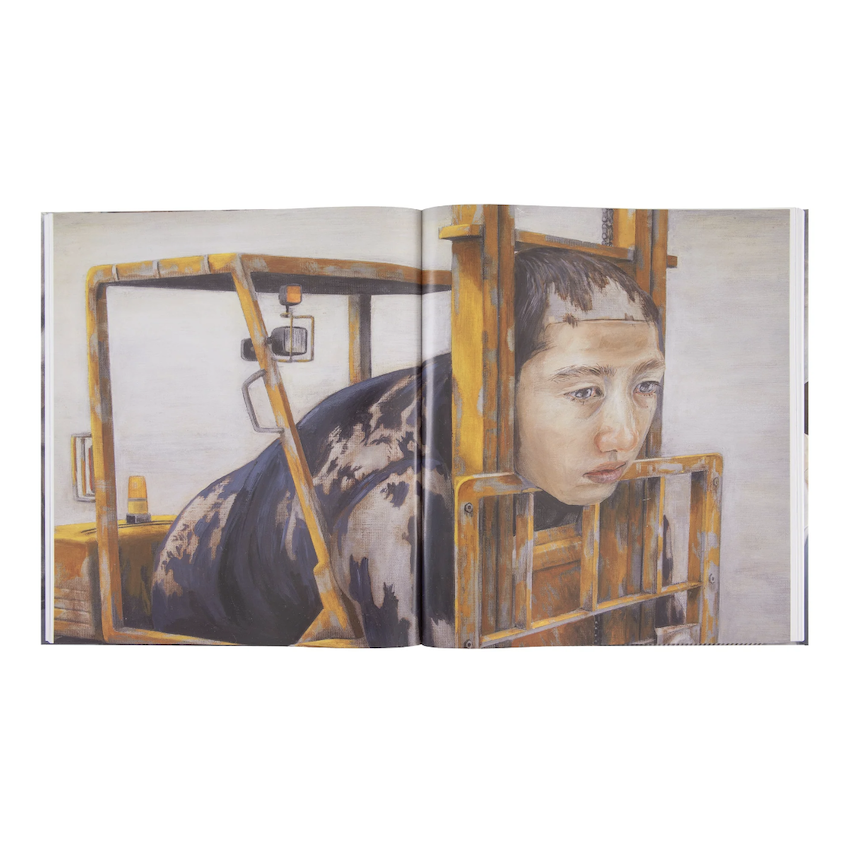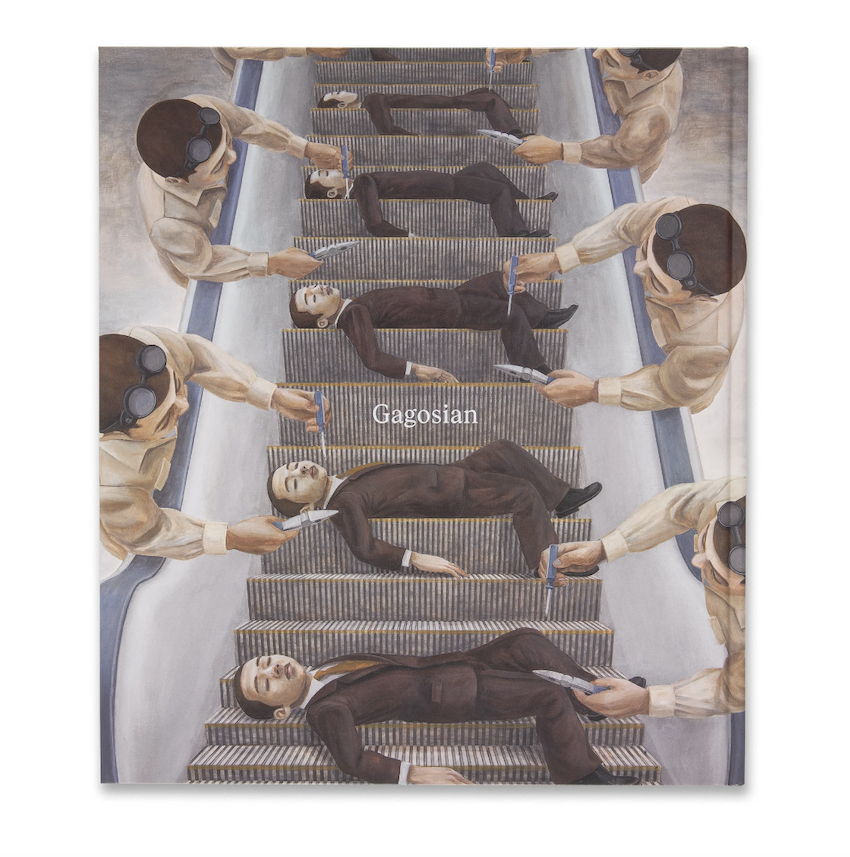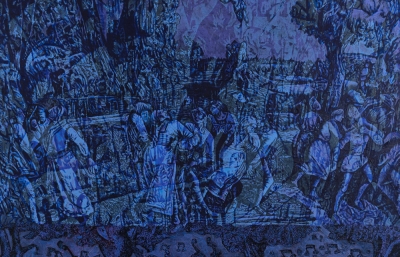The first time I saw the paintings of Tetsuya Ishida was in the mid-1990s when I was a teenager. The works were obviously foreign to me, creating a sort of darkness that supermodernity can cast over the individual, something that at the time I was beginning to recognize as a condition of the new century but also a particular topic that many seemed to be challenging and examining in the 1990s. You could think of Radiohead's Ok Computer, David Fincher's adaptation of the novel Fight Club, Naomi Klein's writing in No Logo, and you could look at the paintings of Ishida and begin to see a certain fear of technology and its effects on labor, work, and social life beginning to take form.
Gagosian in NYC opened the largest exhibition of works by Tetsuya Ishida that has been staged outside of Japan this past fall, coinciding with this wonderful catalog of the same name. The showcase gives insight into the "Lost Decade" of Japan and the tragic loss of Ishida, who perhaps died by suicide after being hit by a train in Tokyo in 2005. My Anxious Self comes from a quote of the artist himself: "At first, it was a self-portrait. I tried to make myself—my weak self, my pitiful self, my anxious self—into a joke or something funny that could be laughed at. It was sometimes seen as a parody or satire referring to contemporary people. As I continued to think about this, I expanded it to include consumers, city-dwellers, workers, and the Japanese people." It's almost painful, but the works do contain a sense of humor in places and a sense of tragedy in others, a "disconnection" in so many places. But Ishida was ahead of his time in a global sense. What he saw in Japan was beginning to take shape around the world, a sort of alienation from feeling, from humanity, from each other. —Evan Pricco
Gagosian, Gagosianshop.com












